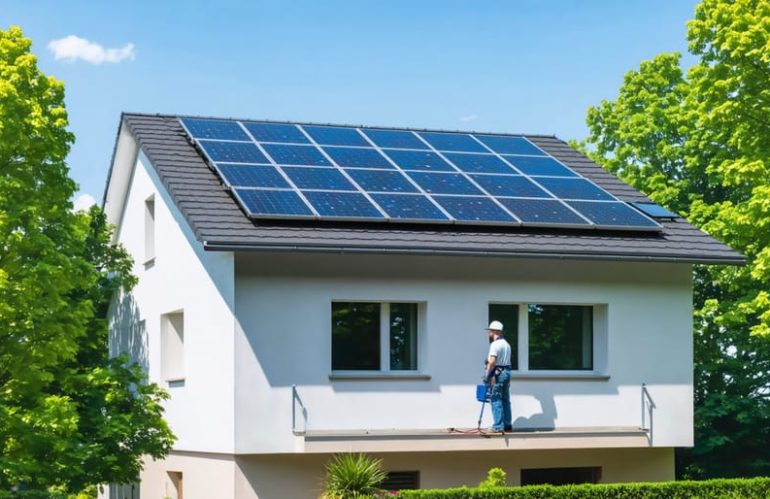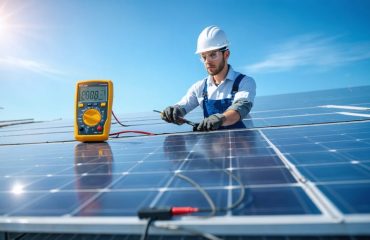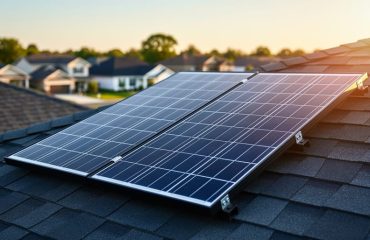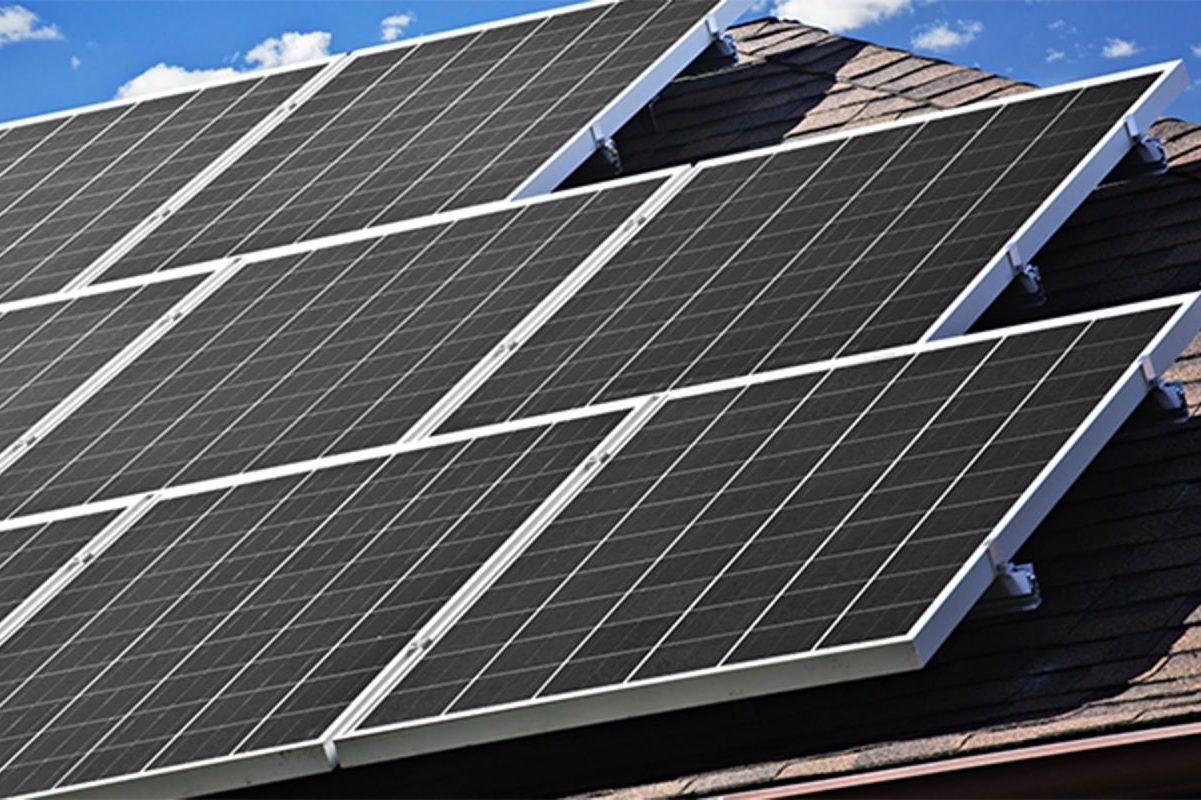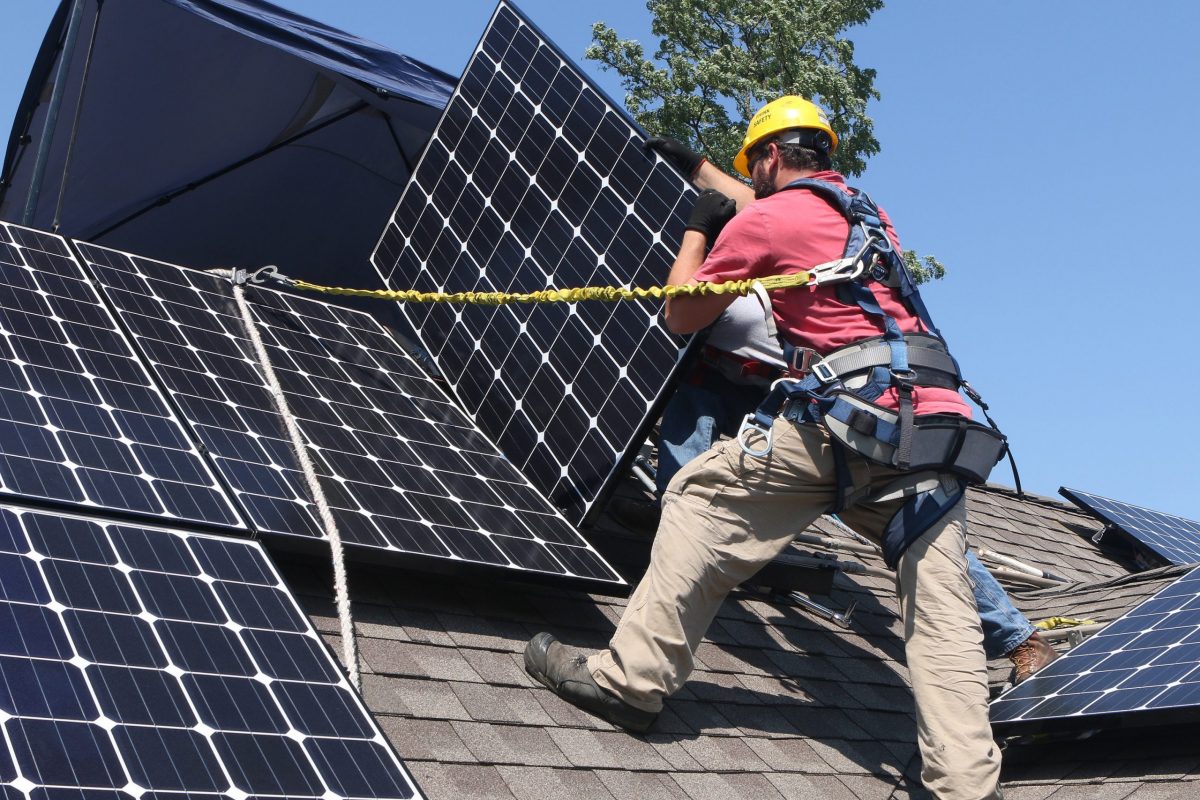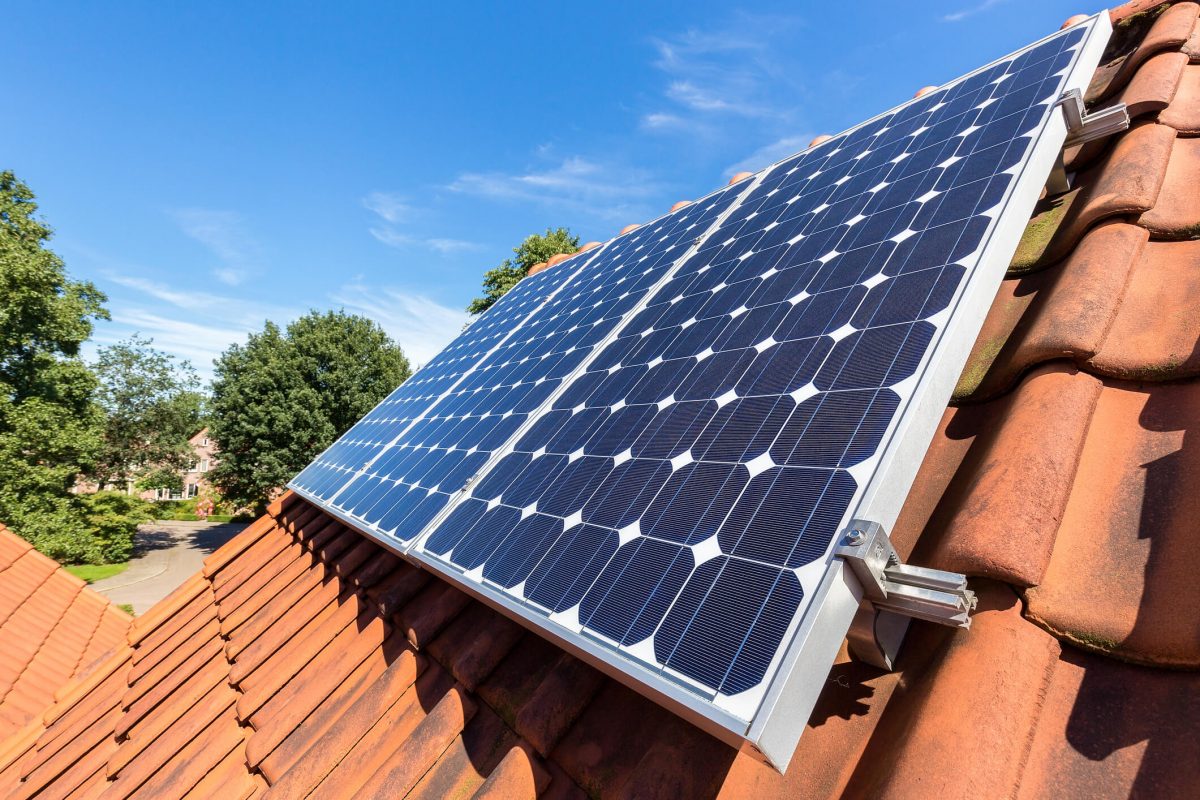Protect your electrical investments and prevent costly repairs through systematic preventive maintenance – a critical strategy that saves homeowners thousands while extending equipment life. Regular electrical inspections and maintenance routines catch potential issues before they escalate into major problems, ensuring both safety and optimal performance of your home’s electrical systems.
Today’s complex home electrical systems, from smart home technology to solar installations, require proactive care rather than reactive repairs. Professional preventive maintenance programs identify wear patterns, loose connections, and emerging faults that could lead to system failures or safety hazards. By implementing a structured maintenance schedule, homeowners can maintain warranty coverage, reduce energy costs, and avoid unexpected breakdowns.
Beyond the immediate benefits of increased reliability, preventive electrical maintenance delivers long-term value through improved energy efficiency and extended equipment lifespan. Whether managing a basic household electrical system or a sophisticated solar installation, regular maintenance checks ensure your electrical infrastructure operates at peak performance while maintaining safety standards. This proactive approach transforms electrical maintenance from a periodic expense into a smart investment in your home’s future.
Why Regular Electrical Maintenance Matters for Your Solar Investment
Protect Your Warranty Coverage
Regular maintenance isn’t just about keeping your electrical system running smoothly – it’s essential to protect your warranty coverage. Many manufacturers require documented proof of regular maintenance to honor their warranties. Without this documentation, you might find yourself facing costly repairs that could have been covered under warranty.
Keep a detailed maintenance log that includes dates, tasks performed, and any professional service visits. This creates a paper trail that demonstrates your commitment to proper system care. Most warranties specify maintenance requirements, including inspection frequencies and authorized service providers. Following these guidelines ensures you won’t inadvertently void your coverage.
Remember that DIY maintenance, while cost-effective, should stay within warranty-approved limits. Some tasks must be performed by certified professionals to maintain warranty validity. Review your warranty documentation carefully to understand which maintenance activities you can perform yourself and which require professional expertise. When in doubt, consult with your system manufacturer or authorized dealer to ensure your maintenance routine aligns with warranty requirements.
Maintain Peak Performance
Regular preventive maintenance is crucial for keeping your solar panel system operating at its peak efficiency. Just like any other home system, solar installations need periodic attention to deliver the maximum return on your investment. By following a consistent maintenance schedule, you can optimize energy production and extend your system’s lifespan.
Clean panels capture more sunlight, converting it into usable electricity more effectively. Regular cleaning and inspection can increase energy production by up to 15% compared to neglected systems. Additionally, well-maintained systems are better equipped to maintain system performance in harsh conditions, ensuring reliable power generation year-round.
Proper maintenance also helps identify and address minor issues before they become major problems. This proactive approach not only preserves your system’s efficiency but also prevents unexpected downtime and costly repairs. By keeping detailed maintenance records, you’ll also protect your warranty coverage and maintain your system’s value over time.
Remember, every percentage point of improved efficiency translates directly into energy savings on your utility bills. A well-maintained solar system is an efficient system, delivering the clean, renewable energy you expect while maximizing your investment’s financial benefits.
Essential Electrical Maintenance Tasks
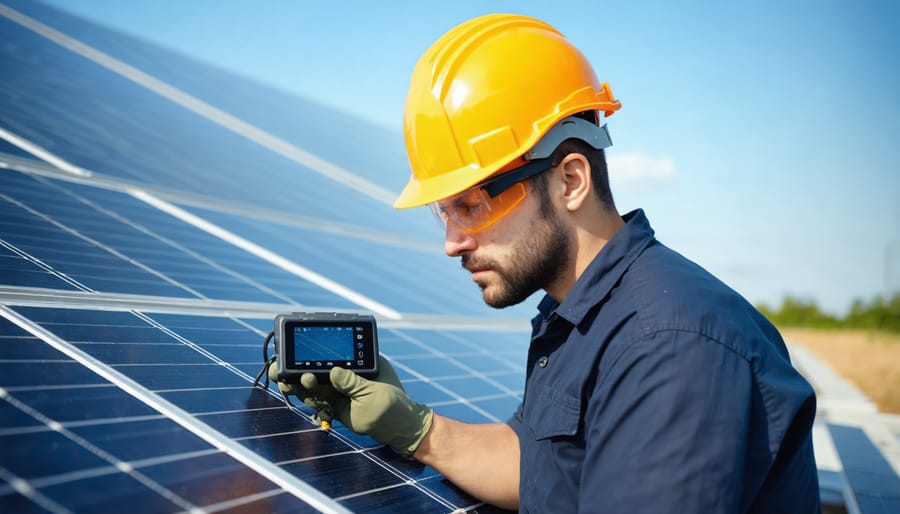
Connection and Wiring Checks
Regular inspection of electrical connections and wiring is crucial for maintaining your solar panel system’s efficiency and safety. Start by visually examining all visible wiring for signs of wear, damage, or pest interference. Look for any discoloration, fraying, or exposed wires, which could indicate potential electrical connection issues.
Pay special attention to connection points where wires enter junction boxes or connect to inverters. These areas are most susceptible to loosening over time due to thermal cycling and weather exposure. Ensure all wire connections are tight and properly sealed against moisture. However, avoid over-tightening, as this can damage the components.
Check that cable management systems are intact and functioning correctly. Wires should be properly secured and not hanging loose or touching the roof surface. This prevents unnecessary wear and potential hazards. Look for any signs of corrosion on metal components, particularly in coastal areas where salt air can accelerate deterioration.
If you notice any concerning issues during your inspection, don’t attempt repairs yourself. Contact a qualified solar technician who can safely address the problem. Many warranty agreements require professional servicing to remain valid, and working with high-voltage systems requires specific expertise and safety equipment.
Inverter Maintenance
Regular inverter maintenance is crucial for keeping your solar power system running efficiently. Start by checking the inverter’s display panel monthly for error codes or unusual readings – these early warning signs can help prevent bigger issues down the line. Keep the area around your inverter clean and dust-free, ensuring at least 6 inches of clearance on all sides for proper ventilation.
Inspect the cooling fans quarterly to ensure they’re operating smoothly and aren’t clogged with debris. Listen for any unusual noises, which could indicate potential problems. During summer months, check that the inverter isn’t overheating, especially during peak sunlight hours.
Monitor your inverter’s performance through its monitoring system or app. Significant drops in power output might indicate maintenance needs. Check all cable connections annually for signs of wear, looseness, or corrosion. If you notice any discoloration around connection points, contact a qualified technician immediately.
Most inverters have a lifespan of 10-15 years, but proper maintenance can extend their life. Keep a log of maintenance activities and any changes in performance. While some maintenance tasks are suitable for DIY, annual professional inspections are recommended to ensure everything’s working optimally and safely.
Remember to never open the inverter housing yourself – this should only be done by certified professionals to maintain warranty coverage and ensure safety.
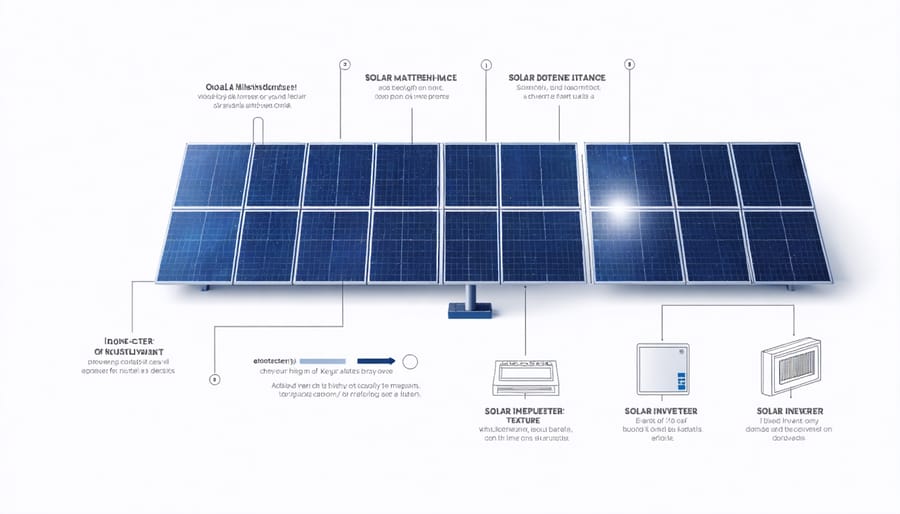
Battery System Care
Regular maintenance of your solar battery system is crucial for maximizing its lifespan and performance. Start by checking the battery terminals monthly for corrosion and ensuring they’re clean and tight. Use a mixture of baking soda and water to clean any buildup, making sure the batteries are completely dry afterward.
Monitor your battery’s charge levels regularly through your system’s display panel. Most modern solar batteries perform best when kept between 20% and 80% charge. Avoid frequently depleting your batteries completely, as this can significantly reduce their lifespan.
Keep your batteries in a clean, dry, and temperature-controlled environment. Extreme temperatures can affect battery performance and longevity. The ideal temperature range is between 50°F and 85°F. Ensure proper ventilation in the battery storage area to prevent the buildup of potentially harmful gases.
Check the electrolyte levels in flooded lead-acid batteries every three months (if applicable). For sealed batteries, inspect for any physical damage, swelling, or leaks. Document all maintenance activities and battery readings to track performance over time.
Consider scheduling professional inspections annually. A certified technician can perform detailed capacity tests, check internal resistance, and identify potential issues before they become problems. This preventive approach helps protect your investment and maintains optimal system efficiency.
Remember, while some maintenance tasks are DIY-friendly, always consult your battery manufacturer’s guidelines and warranty requirements before performing any maintenance work.
When to Call the Professionals
Safety First: Know Your Limits
While some preventive maintenance tasks can be handled by homeowners, it’s crucial to understand where DIY ends and professional expertise begins. Basic visual inspections and cleaning are generally safe for homeowners to perform, but any work involving electrical components should be left to certified professionals.
Never attempt to open electrical boxes, modify wiring, or perform repairs on your solar system’s electrical components. These tasks require specialized knowledge and tools, and attempting them yourself could void your warranty, damage your system, or create dangerous safety hazards.
Before performing any maintenance, always check your warranty terms to ensure you’re not inadvertently violating them. If you notice any signs of electrical issues, such as unusual noises, burning smells, or system irregularities, contact a qualified solar technician immediately.
For your safety, perform maintenance only during daylight hours in dry weather conditions, wear appropriate non-slip footwear, and never work alone. Remember, when in doubt, it’s always better to consult a professional than to risk personal injury or system damage.
Professional Inspection Schedule
Regular professional inspections are essential for maintaining your electrical system’s safety and efficiency. For homes with standard electrical systems, schedule comprehensive professional inspections every 3-5 years. However, if your home is over 25 years old or has recently undergone major renovations, annual inspections are recommended.
Homes with solar panel installations should have professional check-ups every two years, with more frequent inspections if you notice any decrease in energy production or system performance. Properties in areas prone to severe weather or those with complex electrical setups might require bi-annual inspections.
Create a maintenance calendar that includes these key inspection milestones:
– Annual safety checks for older homes
– Bi-annual inspections for commercial properties
– Post-storm system evaluations
– Seasonal performance reviews for solar installations
– Equipment warranty compliance checks
Remember to keep detailed records of all professional inspections, including dates, findings, and any repairs made. This documentation not only helps track your system’s health but also maintains warranty coverage and can increase your property’s value when it’s time to sell.
Maintenance Tracking and Documentation
Keeping detailed maintenance records is as important as the maintenance itself. A well-organized tracking system helps you stay on top of routine checks and identifies potential issues before they become major problems. Start by creating a simple maintenance log that includes dates of inspections, any issues found, repairs made, and parts replaced.
Consider using a digital maintenance tracking app or a basic spreadsheet to record your maintenance activities. Include important details like serial numbers of components, warranty information, and contact details for your trusted electrician. This documentation becomes invaluable when filing warranty claims or planning future upgrades.
Establish a maintenance calendar with recurring reminders for routine checks. Monthly visual inspections, quarterly cleaning sessions, and annual professional assessments should all be scheduled in advance. This proactive approach ensures nothing falls through the cracks and helps maintain your system’s optimal performance.
Your maintenance records should also track system performance metrics, such as energy output and efficiency readings. By monitoring these numbers over time, you can quickly spot declining performance that might indicate maintenance needs. Keep photos of your system’s condition during each inspection – they can be helpful for comparing changes over time.
Remember to store copies of professional inspection reports, repair receipts, and warranty documentation in your maintenance file. Having this organized documentation not only helps you maintain your system effectively but also adds value to your home by demonstrating proper care and maintenance to future buyers.
Good record-keeping might seem tedious, but it’s a small investment that pays off through better system performance, longer equipment life, and peace of mind.

Preventive electrical maintenance is not just about fixing problems – it’s about creating a safer, more efficient home while protecting your investment. By following regular maintenance schedules and staying proactive, you can significantly extend the life of your electrical systems while reducing energy costs and preventing potentially dangerous situations.
Remember that simple steps like regular visual inspections, keeping electrical panels clean, and addressing minor issues promptly can save you substantial money in the long run. Whether you’re comfortable performing basic maintenance tasks yourself or prefer working with qualified professionals, the key is consistency and attention to detail.
Make preventive maintenance a part of your regular home care routine. Schedule annual professional inspections, keep detailed maintenance records, and stay informed about your electrical system’s needs. The small investment of time and resources in preventive maintenance today will reward you with improved safety, enhanced energy efficiency, and peace of mind for years to come.
Don’t wait for problems to occur – take control of your home’s electrical health now and enjoy the benefits of a well-maintained system.

